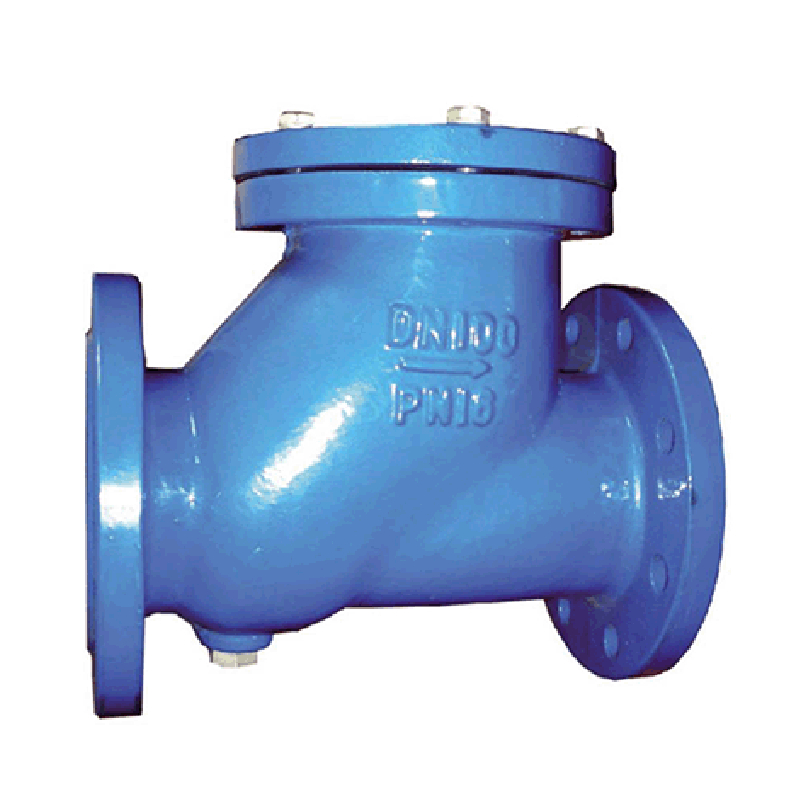10 月 . 15, 2024 14:22 Back to list
Overview of Three-Way Air Valves and Their Applications in Fluid Control Systems
Understanding the 3-Way Air Valve A Comprehensive Overview
In various industrial applications, controlling the flow of air and gases is critical for efficiency and safety. One of the essential components used for this purpose is the air valve, particularly the 3-way air valve. This valve plays a pivotal role in directing the flow of air through different paths, which can be crucial in processes such as pneumatic control systems, compressed air distribution, and automation tasks.
What is a 3-Way Air Valve?
A 3-way air valve is designed to control the direction of airflow in a pneumatic system. It typically has three ports one common port and two outlet ports. Depending on the valve's configuration, it can either allow air to flow from the common port to one of the outlet ports at a time or to alternate between the two. This functionality makes it particularly useful in applications where the flow needs to be switched between two different actuators or circuits.
Types of 3-Way Air Valves
There are two primary configurations for 3-way air valves the normally closed (NC) and the normally open (NO) configurations.
1. Normally Closed (NC) In this configuration, airflow is blocked until the valve is activated. When the valve is actuated, air flows from the common port to one of the outlet ports, allowing the connected devices to function.
2. Normally Open (NO) Conversely, a normally open valve allows airflow through the common port until activated, which then redirects the airflow to the other outlet port. This configuration is used in situations where the default state requires air flow.
Applications of 3-Way Air Valves
3-way air valves have various applications across multiple industries
. Some common uses include- Pneumatic Actuation Many automated systems in manufacturing and assembly lines utilize these valves to control the movement of cylinders and other pneumatic actuators. Switching between actuators can be achieved swiftly, enhancing operational flexibility.
- Air Flow Regulation In HVAC systems, 3-way valves can regulate the flow of air between different ducts, ensuring efficient heating or cooling throughout a building.
- Control Circuits In control circuits, these valves enable precise management of airflow to various components, thereby enhancing the overall control and efficiency of pneumatic systems.
3 way air valve

Benefits of Using 3-Way Air Valves
The use of 3-way air valves offers numerous advantages
- Versatility Their ability to direct air flow in multiple directions makes them suitable for a wide range of applications.
- Efficiency By effectively controlling air flow, these valves help in minimizing energy consumption and maximizing the performance of pneumatic systems.
- Space-Saving Design Integrating a 3-way valve can reduce the need for multiple components, saving valuable space in machinery and systems.
- Ease of Automation With the ability to be easily integrated into electronic control systems, 3-way valves facilitate the automation of complex processes in industrial settings.
Considerations When Choosing a 3-Way Air Valve
When selecting a 3-way air valve for a specific application, several factors should be considered
- Pressure Rating Ensure that the valve can handle the operating pressure of the system.
- Material The material of the valve should be compatible with the media it will be handling, whether it be air, gases, or other fluids.
- Size Choose a valve that appropriately fits the existing piping or tubing to ensure optimal flow.
- Actuation Type Consider whether the valve will be manually operated, electrically actuated, or pneumatically operated.
In conclusion, the 3-way air valve is a vital component in many pneumatic systems, providing versatility and control in air flow management. By understanding its functionalities, benefits, and applications, businesses can leverage this essential technology to enhance their operational efficiency and improve process automation. As industries continue to evolve, the relevance of effective air control systems, aided by tools like the 3-way air valve, will remain paramount to achieving productivity and innovation.
Share
-
Understanding the Differences Between Wafer Type Butterfly Valve and Lugged Butterfly ValveNewsOct.25,2024
-
The Efficiency of Wafer Type Butterfly Valve and Lugged Butterfly ValveNewsOct.25,2024
-
The Ultimate Guide to Industrial Swing Check Valve: Performance, Installation, and MaintenanceNewsOct.25,2024
-
Superior Performance with Industrial Swing Check Valve: The Essential Valve for Any SystemNewsOct.25,2024
-
Industrial Swing Check Valve: The Ideal Solution for Flow ControlNewsOct.25,2024
-
You Need to Know About Industrial Swing Check Valve: Functionality, Scope, and PerformanceNewsOct.25,2024